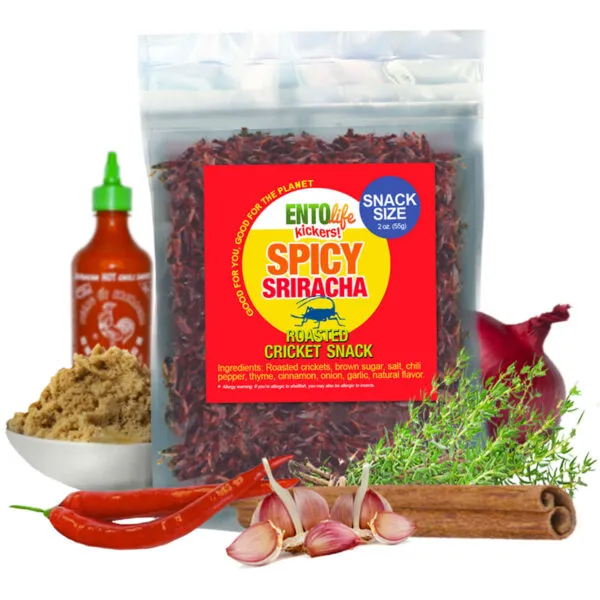Why Crickets Are Ideal Tarantula Food
Crickets are a staple food source for tarantulas, and for good reason. These insects offer a readily available and nutritious meal that mimics the tarantula’s natural diet. They are relatively easy to obtain, store, and feed, making them a convenient choice for tarantula keepers. Furthermore, the movement of live crickets triggers the tarantula’s hunting instincts, providing enrichment and exercise. Crickets also offer a balanced nutritional profile essential for the tarantula’s growth, health, and overall well-being. The ease of digestion further ensures that tarantulas can efficiently absorb the nutrients from their food, leading to a healthy and thriving pet. Choosing crickets as a primary food source is a straightforward way to cater to your tarantula’s dietary needs while providing an enriching experience.
Nutritional Benefits of Crickets for Tarantulas
Crickets are packed with essential nutrients that support the health and development of tarantulas. They are a good source of protein, which is crucial for growth and muscle development. Crickets also contain essential minerals and vitamins that contribute to overall health, strong exoskeletons, and healthy molting. Their chitin content supports digestive health, and the relatively low-fat content helps prevent overfeeding, a common issue with other feeder insects. Feeding crickets ensures your tarantula receives a balanced diet that fuels their activities, enhances their lifespan, and promotes a vibrant appearance. Understanding the nutritional profile of crickets helps in making informed decisions on providing optimal care for your tarantula, leading to a happier and healthier pet.
High Protein Content for Growth

Protein is the building block of life, and crickets deliver this essential nutrient in abundance. This high protein content is particularly vital for growing tarantulas, supporting their rapid development. Young tarantulas, in their early stages of life, require a diet rich in protein to facilitate the growth of new cells, tissues, and the overall body structure. Providing sufficient protein ensures they molt successfully and maintain their health. Adequate protein intake also aids in tissue repair and immune function, protecting tarantulas from diseases. Therefore, a protein-rich diet provided by crickets is critical for the growth and long-term health of your tarantula. Proper protein levels are a key factor in successful tarantula care and responsible pet ownership.
Essential Minerals and Vitamins
Crickets provide a range of essential minerals and vitamins that contribute to the overall well-being of tarantulas. These nutrients are vital for various physiological functions, including maintaining a strong exoskeleton, supporting the nervous system, and bolstering the immune system. Vitamins like Vitamin D3, when supplemented through gut-loading, are particularly important for calcium absorption, which is essential for molting. Additionally, crickets contain minerals such as calcium, phosphorus, and magnesium, which support bone and skeletal health. The presence of these nutrients ensures that the tarantula’s bodily processes function effectively, helping them maintain optimal health, promote longevity, and enhance their vibrant appearance. Supplementing the crickets’ diet through gut-loading is a practical method to ensure that your tarantula receives all the necessary vitamins and minerals.
Ease of Digestion
Crickets are relatively easy for tarantulas to digest, a crucial aspect of their diet. The chitin in the cricket’s exoskeleton, while providing some structural benefits, is also digestible in moderation, which is beneficial for the tarantula’s gut health. Unlike some other feeder insects, crickets do not contain a high amount of indigestible components, reducing the risk of digestive issues. This ease of digestion ensures that the tarantula efficiently absorbs the nutrients from the crickets, thereby supporting its growth and health. A healthy digestive system is essential for tarantulas to thrive, and crickets contribute to this by providing a readily digestible and nutritious meal. The efficient digestion of crickets reduces stress on the tarantula’s system, resulting in a healthier and happier pet.
Cricket Size Matters for Tarantulas
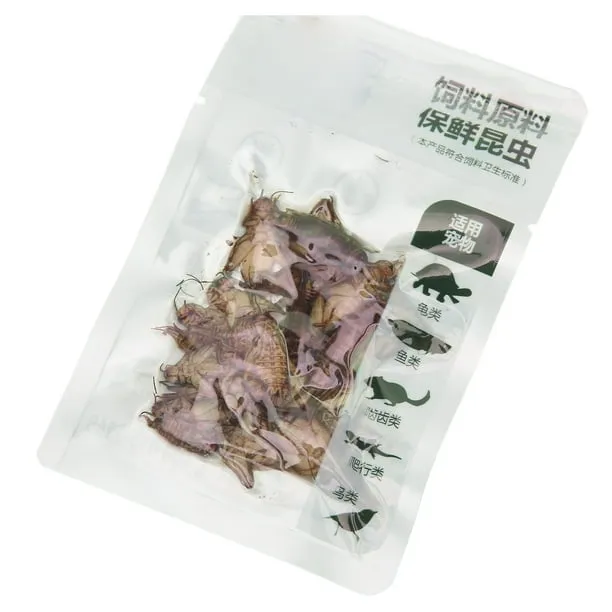
Choosing the correct size of crickets is a crucial factor in tarantula feeding. The size of the cricket should always be appropriate for the size of your tarantula to ensure that it can hunt and eat its meal easily. Feeding oversized crickets can stress the tarantula, leading to a lack of interest in food or even injury. Conversely, feeding crickets that are too small may not provide adequate nutrition. Always consider the size of your tarantula, its growth stage, and its individual preferences when selecting the cricket size. Proper sizing helps make sure the tarantula gets the right amount of nutrition without any unnecessary stress. Accurate sizing is an important part of responsible tarantula care and supports the well-being of your pet.
Choosing the Right Cricket Size
Selecting the proper cricket size is a key factor in providing the optimal diet for your tarantula. As a general guideline, the crickets should be no larger than the body length of the tarantula, excluding the legs. For young tarantulas, known as spiderlings, it’s usually appropriate to offer crickets that are smaller than their abdomen. This ensures they can hunt and consume the prey without undue difficulty. For older tarantulas, slightly larger crickets may be suitable, provided they can be easily captured. By ensuring an appropriate size, you are not only making the feeding process easier for your tarantula, but also minimizing the risk of the tarantula being overwhelmed or injured. Selecting the right size is essential for the health and happiness of your pet.
Matching Cricket Size to Tarantula Size
The size of the crickets must always correspond with the size of your tarantula. Always match the cricket size to the tarantula’s body. For example, a small spiderling might only be able to eat pinhead crickets, whereas a larger adult tarantula can consume adult-sized crickets. As your tarantula grows, you’ll need to gradually increase the size of the crickets. This progression is an essential part of providing optimal care and supporting the overall health and growth of your pet. It is always best to err on the side of caution. Choosing crickets that are too large can cause stress and potential harm, while those that are too small may not provide sufficient nutrition. Always observe your tarantula’s feeding behavior and make adjustments as needed.
Feeding Frequency and Quantity
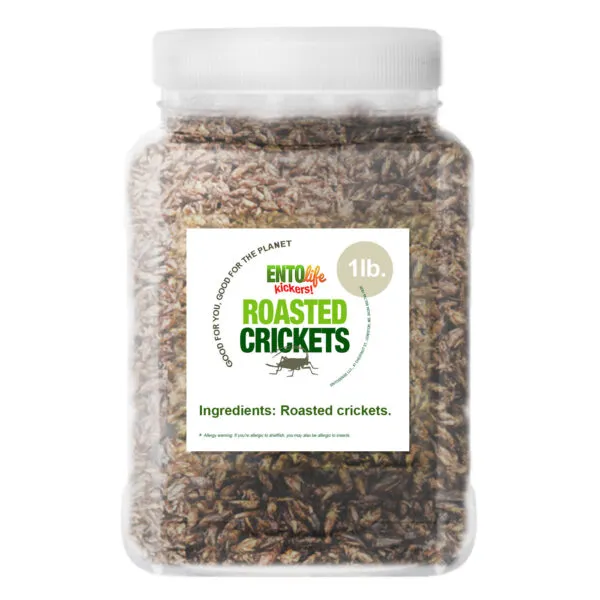
Establishing a balanced feeding schedule and appropriate portion sizes is important for your tarantula’s well-being. Feeding frequency and the amount of food should be determined based on your tarantula’s age, species, and individual needs. Overfeeding can lead to obesity, which is detrimental to a tarantula’s health, while underfeeding can result in stunted growth or poor health. Monitoring your pet’s behavior and appearance provides clues to help you determine if your tarantula is getting the right amount of food. Adjust the feeding accordingly, always keeping the tarantula’s health and well-being in mind. Establishing a consistent feeding routine, along with appropriate portion sizes, ensures your tarantula thrives and lives a long and healthy life.
How Often to Feed Crickets
The frequency of feeding should be tailored to the tarantula’s age and growth stage. Spiderlings, or young tarantulas, often require feeding several times per week, sometimes daily, to support their rapid growth. As they mature, the feeding frequency can be reduced. Sub-adults and adults usually require feeding once or twice a week. Observing the tarantula’s abdomen can provide insight into its feeding needs. A well-fed tarantula will have a plump abdomen. Adjust the feeding frequency based on the tarantula’s appetite, molting cycle, and general health. Monitoring the tarantula’s behavior and appearance is important for providing proper care and maintaining a healthy pet.
Determining the Right Amount
Determining the correct amount of crickets to feed your tarantula is more an art than a science. You can feed crickets until the tarantula stops eating. Over time, you will come to recognize your tarantula’s eating habits. Feed the tarantula a suitable number of crickets during each feeding session, making sure that the tarantula consumes all the prey. Overfeeding should be avoided, as it can lead to various health problems. If the tarantula leaves uneaten crickets in its enclosure, it may be a sign that it has had enough to eat. Remove any uneaten crickets to avoid stressing the tarantula. Adjust the amount based on your observations, considering your tarantula’s age, activity level, and overall health. This approach will ensure your tarantula gets the appropriate nutrition while maintaining a healthy weight.
Live vs. Dead Crickets Pros & Cons
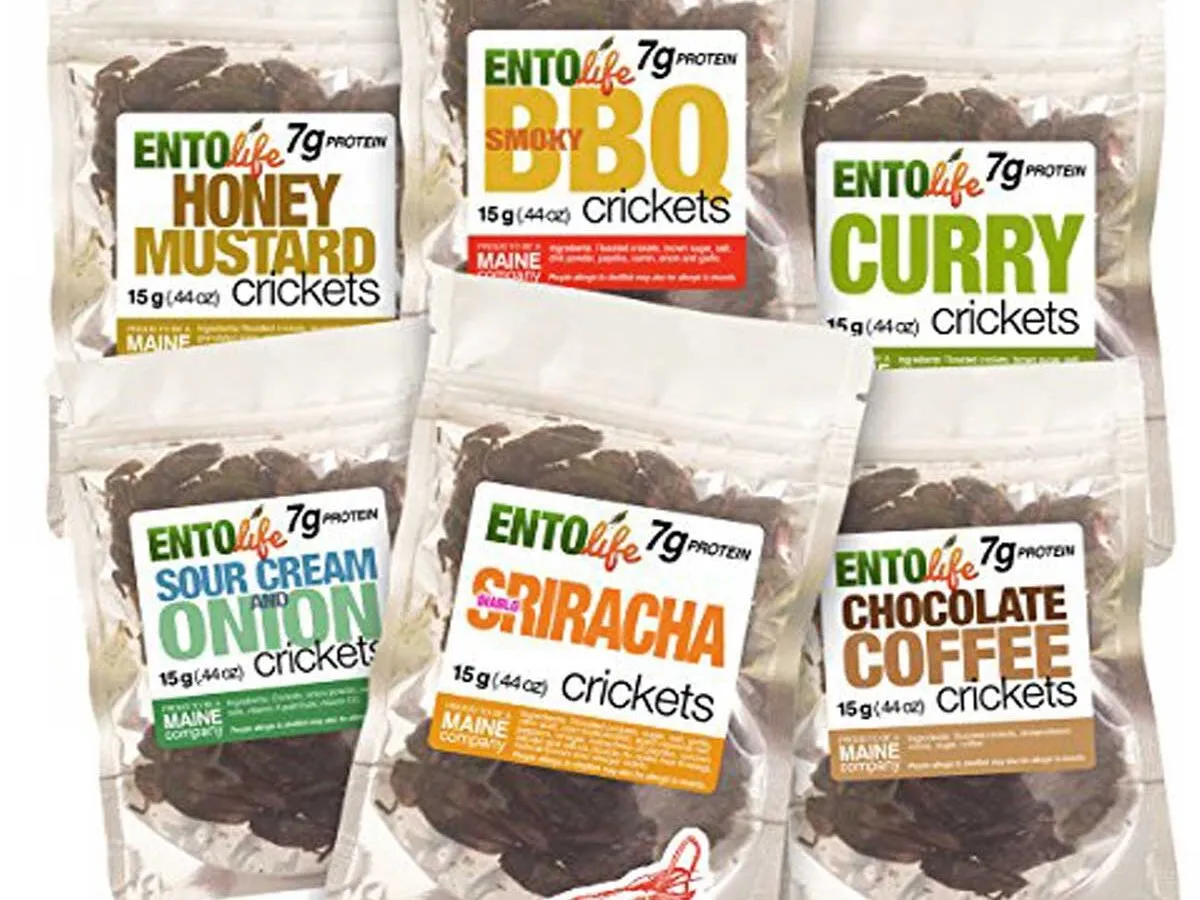
Choosing between live or dead crickets for feeding your tarantula involves understanding the benefits and drawbacks of each option. Live crickets provide enrichment by stimulating the tarantula’s hunting instincts, thus promoting natural behavior and exercise. On the other hand, live crickets can sometimes pose a threat to a tarantula during molting or if left in the enclosure for too long. Dead crickets eliminate the hunting aspect and the risk of potential harm. However, they may be less appealing to the tarantula and require careful preparation to maintain their nutritional value. Choosing the right option depends on your tarantula’s individual needs, preferences, and the level of care you can provide. Considering the advantages and disadvantages of both options helps ensure a safe and nutritious meal for your tarantula.
Live Crickets for Natural Hunting
Feeding live crickets offers several advantages. Firstly, they engage the tarantula’s natural hunting instincts, providing stimulation and mental enrichment. Watching a tarantula hunt and capture its prey is a fascinating and rewarding experience. Live crickets also offer a more natural feeding experience, encouraging the tarantula to exercise and maintain a healthy activity level. However, it is important to note some potential risks. Live crickets can sometimes stress or even injure a tarantula during molting or if left unsupervised in the enclosure. Providing plenty of hiding places and removing any uneaten crickets after the feeding session can help mitigate these risks. The decision to use live crickets should be based on careful consideration of your tarantula’s behavior and overall health.
Dead Crickets as a Convenient Option
Feeding dead crickets offers a practical solution that minimizes the risk of the crickets causing harm to your tarantula. Pre-killed or frozen crickets are a simple option, especially when the tarantula is in pre-molt or is a picky eater. They are easier to manage, as they do not require the same level of supervision and care. However, the nutritional value of dead crickets can diminish over time, therefore, it’s crucial to ensure they are fresh. Gut-loading the crickets before freezing is an effective way to maximize their nutritional content. If you choose dead crickets, make sure the crickets are properly prepared, and that the tarantula is still interested in eating this type of food. Dead crickets can be a useful option for tarantula keepers who prioritize convenience and safety.
Cricket Storage and Care
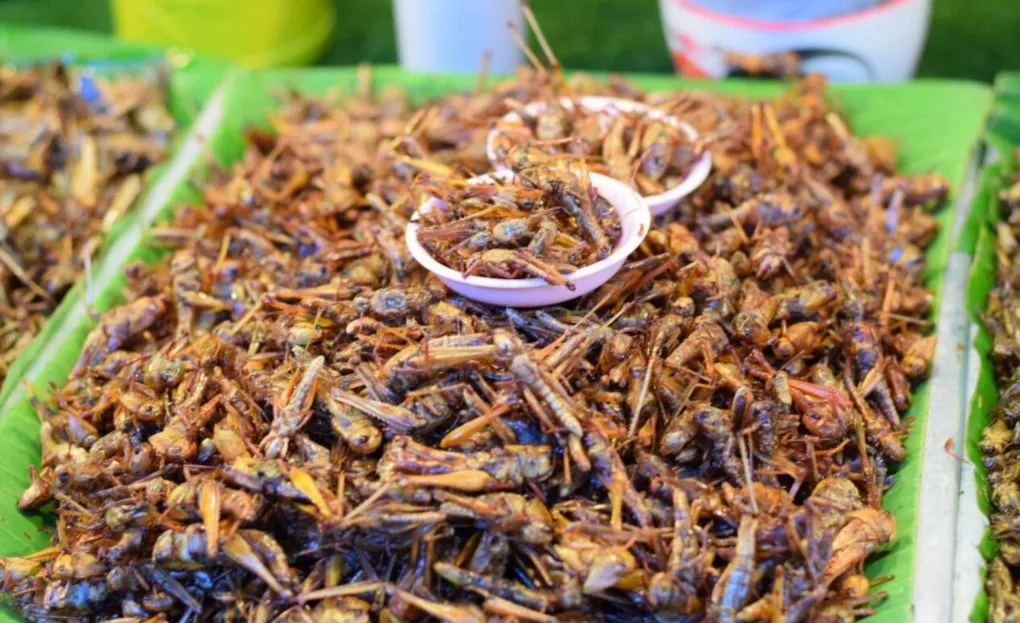
Proper storage and care of crickets are critical to maintain their nutritional value and ensure they are healthy when fed to your tarantula. Crickets require a suitable environment, including adequate space, food, water, and ventilation. This helps them thrive before they become food for your tarantula. A well-maintained cricket colony offers a consistent supply of high-quality food, reducing the need for frequent purchases. By providing proper care and attention, you guarantee that the crickets are in optimal condition, thereby maximizing the nutritional value and health benefits for your tarantula. This approach ensures your tarantula gets the healthiest possible meal and supports your responsibilities as a pet owner. Proper cricket care is a good practice for anyone involved in tarantula care.
Maintaining a Healthy Cricket Colony
Maintaining a healthy cricket colony is essential for providing a consistent and nutritious food supply. Provide fresh food, such as cricket food, commercial diets, or fresh vegetables and fruits, to ensure the crickets are well-nourished. Keep the enclosure clean, removing any dead crickets or waste to prevent disease. Adequate ventilation is crucial to prevent the buildup of ammonia and other harmful gases. Make sure to supply the crickets with a source of fresh water, such as a water gel or a shallow dish with water and a sponge. Monitoring the temperature and humidity of the enclosure, keeping it within the appropriate range, also supports the crickets’ health. By maintaining a clean, well-fed, and properly ventilated cricket colony, you can ensure a reliable source of nutritious food for your tarantula.
Preventing Parasites and Diseases
Taking steps to prevent parasites and diseases in your cricket colony is essential for your tarantula’s health. Purchase crickets from a reputable source to minimize the risk of contamination. Inspect new crickets for any signs of illness or parasites before introducing them to your colony. Maintain a clean and hygienic environment within the cricket enclosure. Regularly clean the enclosure, removing any waste and uneaten food. Provide fresh food and water to prevent the build-up of harmful bacteria. Quarantine any new crickets before introducing them to your colony to prevent the spread of potential diseases. Proactive measures ensure the overall health of the crickets, minimizing the possibility of diseases or parasites transferring to your tarantula. Maintaining a healthy cricket colony keeps your tarantula thriving.
